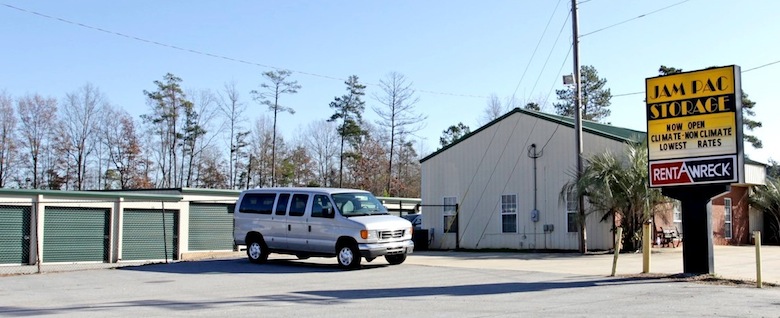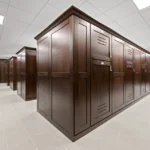The theory that a rising tide lifts all boats is certainly at play in the self-storage market. The hot investment market for Class A and Class B properties is trickling down to the Class C sector.
Class C facilities can be a tough sell. These properties usually carry a C rating for good reason. They’re often older facilities that offer few modern amenities, need maintenance or repairs, require better management or are in poor locations. Yet these days, small-scale buyers who are getting priced out of the Class A and B markets amid stiff competition are taking a closer look at Class C properties. Class C facilities offer an option when expanding a portfolio or even when entering the self-storage market for the first time.
Better return on investment?
Self-storage investment sales are definitely more active across the board, said Stacey Gorman, director of self-storage at Marcus & Millichap in Atlanta. In fact, Gorman recommends that buyers who can’t compete with the REITs and larger institutional buyers consider Class C properties. Oftentimes, Class C buyers find that they can get a much better return on their investment with these properties, and they can upgrade facilities from Class C to Class B, she said.
As valuations skyrocket on Class A properties in the primary and secondary markets, both local and institutional investors are turning to the tertiary markets.
— Self-storage broker Larry Goldman
Depending on the market, cap rates for Class C properties might be 9 percent to 11 percent, compared with 4.5 percent to 6 percent for Class A properties in major metro areas.
“As valuations skyrocket on Class A properties in the primary and secondary markets, both local and institutional investors are turning to the tertiary markets,” said Larry Goldman, director of commercial properties at RE/MAX Best Associates in Overland Park, KS, and a member of the Argus Self Storage Sales Network.
Adding value
Small-scale investors in particular are looking for value-add opportunities. Many of the deals that Goldman works on involve buyers who are embarking on management turnarounds.
“I see small investors create value with the C properties and convert them to B properties, with amazing results,” he said.
For example, Goldman recently brokered the sale of a Class C property in Sedalia, MO. The existing facility was small, at 18,000 square feet, but was 99 percent leased and located on 6 acres. The new owner plans to generate more value by adding storage units; immediately after the sale closed, work began on the expansion.
Favorable financing
One of the factors that has spurred Class C activity is that buyers are able to secure financing. “It certainly helps getting financing when Wall Street is just going wild over the storage industry,” Goldman said.
Access to capital still depends on where a property is located, but Goldman recently closed a deal in Mount Vernon, a town of about 8,000 residents in southwest Missouri, where the lenders were “tripping over each other” to provide financing. The young couple who bought the property wound up with an 85 percent loan-to-value ratio.
Small-scale buyers also are able to tap SBA financing, Gorman said. Depending on the situation, buyers can access either a 504 real estate loan or a 7(a) small business loan. Accompanied by a down payment of 20 percent, these SBA loans help borrowers buy self-storage facilities.
In some cases, entrepreneurs looking at Class C properties also are able to buy properties that have side businesses, such as flex office space or truck rental. For example, Marcus & Millichap recently sold a Class C self-storage property that’s associated with a flea market.
Right buyer, right strategy
Brokers caution that buying a Class C property typically takes the right buyer with the right strategy.
“I think with the smaller operations, the ones that can’t support on-site management, those become difficult to sell,” said Steve Boldish, principal broker at Oregon Self Storage Brokers in Medford, OR, and a member of the Argus Self Storage Sales Network.
Large-scale investors won’t look at those properties. It’s the pool of small-scale buyers who are willing to operate a property in a small market, Boldish said.
Another challenge in buying Class C properties is a limited inventory, as owners unloading these facilities frequently do so in off-market deals. Boldish added: “It is difficult to find good product, whether it is A, B or C, in the good-quality locations.”








